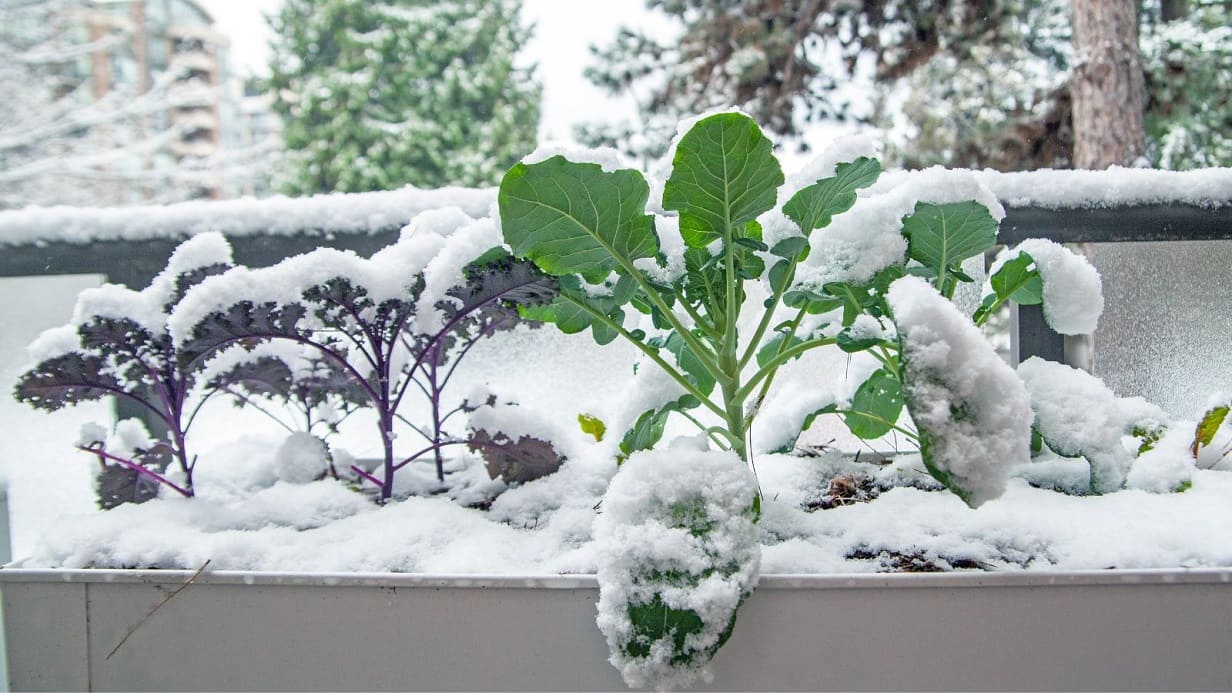Picture this: snow blankets your neighborhood, but you’re harvesting crisp, sweet carrots and vibrant kale from your own backyard. Sound impossible? Think again.
Winter doesn’t have to mean the end of fresh, homegrown produce. In fact, some of the most delicious and nutritious vegetables reach their peak when temperatures drop and frost kisses their leaves.
Whether you’re tired of expensive, tasteless supermarket vegetables or simply want to extend your growing season, winter vegetable gardening opens up a world of possibilities that most gardeners never explore.
This comprehensive guide will transform your understanding of cold-season growing, showing you exactly how to cultivate a thriving winter garden that provides fresh, flavorful vegetables even in the depths of winter.
By the end, you’ll have the knowledge and confidence to grow nutritious food year-round, regardless of your climate or experience level.
👉 Discover 40 Stunning Winter Flowers That Bloom in Snow & Transform Your Cold Garden
Why Winter Vegetables Are Nature’s Hidden Treasure
The Sweet Science of Cold-Weather Growing
When temperatures drop, something magical happens in the plant kingdom. Many vegetables respond to cold stress by converting stored starches into sugars—a natural antifreeze mechanism that protects their cells from damage.
This process, called “cold sweetening,” is why winter-grown carrots taste like candy and why kale becomes irresistibly tender after a frost.
I learned this lesson accidentally during my first winter garden. I’d forgotten to harvest my carrots before our first hard freeze, assuming they were ruined. When I finally pulled them from the frozen ground weeks later, I was stunned by their incredible sweetness—nothing like the bland roots I’d grown in summer.
This biological response means winter vegetables often surpass their warm-season counterparts in both flavor and nutritional density. Brussels sprouts shed their bitter edge, becoming nutty and sweet. Spinach develops a rich, almost creamy texture that makes store-bought versions seem like cardboard in comparison.
The Light Factor: Understanding Photoperiod
Here’s what many gardeners don’t realize: cold isn’t the main challenge for winter plants—light is. When daylight hours drop below ten hours daily (typically from early November through early February in most temperate zones), plant growth essentially stops.
This “Persephone Period” explains why timing is everything in winter gardening. Plants must reach maturity before this light-limited period begins, then essentially go dormant until daylight hours increase again in late winter.
Beyond Better Flavor: The Practical Advantages
Winter gardening offers compelling benefits that extend far beyond taste. Cold weather naturally eliminates most garden pests, reducing or eliminating the need for interventions. Cool, moist conditions mean less frequent watering and better water retention in soil.
Rather than limiting your garden to six months, you can grow fresh food year-round, maximizing your space and investment. Many winter vegetables also concentrate nutrients as they slow their growth, offering higher vitamin and mineral content than their summer counterparts.
👉 Here’s How to Prepare Your Farm for Winter: Essential Tips for Farmers
Choosing Your Winter Garden Location
Your winter garden’s success largely depends on site selection. Look for the warmest, most protected spots on your property—typically south-facing areas near structures that absorb and radiate heat.
Avoid low-lying areas where cold air settles, and choose spots protected from harsh winter winds. Even a few degrees difference in microclimate can mean the difference between thriving plants and frozen failures.
The area near your house’s foundation often stays several degrees warmer than open garden spaces. Masonry walls, concrete patios, and even large rocks absorb solar heat during the day and release it slowly at night, creating beneficial microclimates for tender crops.
Soil Preparation: The Winter Garden Foundation
Drainage is Everything
While summer gardens can tolerate occasional waterlogging, winter gardens absolutely cannot. Cold, waterlogged soil quickly becomes a death trap for plant roots. Improve drainage by adding coarse compost, aged manure, or even coarse sand to heavy clay soils. Raised beds offer excellent drainage solutions and warm up faster in spring.
Create your winter beds with a slight slope to encourage water runoff, and never plant in areas where water pools after rain or snow melt. The investment in proper drainage pays dividends throughout the winter growing season.
👉 Here’s How to Plant on a Slope: Tips and Techniques for a Stunning Hillside Garden
Cold-Season Soil Amendments
Winter soil behaves differently than summer soil. Add plenty of organic matter in late summer before planting, but avoid high-nitrogen fertilizers that encourage tender growth vulnerable to frost damage. Instead, focus on slow-release organic amendments like aged compost and rock phosphate that feed plants gradually throughout the season.
👉 Here’s How to Prepare Land for Planting: A Comprehensive Guide for Gardeners and Farmers
The Winter Vegetable All-Stars: Your Cold-Season Lineup
Leafy Greens: The Hardy Heroes
1. Kale stands as the undisputed champion of winter vegetables, not only surviving but thriving in freezing temperatures.
Some varieties can withstand temperatures as low as -10°F. ‘Winterbor’ handles the coldest conditions, while ‘Red Russian’ adds beautiful purple stems to your winter garden. ‘Lacinato’ (dinosaur kale) offers the best flavor, with dark, textured leaves that become incredibly sweet after frost.

2. Spinach grows slowly through winter but bounces back vigorously in early spring. Baby spinach leaves harvested from cold-grown plants have an incomparably tender texture and concentrated flavor. ‘Giant Winter’ and ‘Space’ varieties show exceptional cold tolerance.

3. Swiss Chard tolerates light freezes and continues producing colorful leaves throughout winter in milder climates. The variety ‘Bright Lights’ adds stunning visual appeal with its rainbow of stem colors, while white-stemmed varieties typically show better cold hardiness than their colorful cousins.

4. Collard Greens rank among the most cold-resistant vegetables in the brassica family, capable of surviving temperatures as low as 5°F. These substantial leaves become sweeter and more tender after frost exposure. ‘Georgia Southern’ and ‘Champion’ varieties offer exceptional winter performance and high yields.

👉 Here’s How to Grow Purple Tree Collards: The Ultimate Guide to Year-Round Greens
5. Arugula (also called rocket) develops its characteristic peppery bite in cool weather while losing the harsh bitterness that summer heat can produce. This fast-growing green can handle temperatures down to 10°F with light protection. ‘Astro’ and ‘Rocket’ varieties mature quickly and provide continuous harvests when succession planted.

6. Asian Greens offer exciting flavors while handling cold remarkably well.
- Mizuna produces frilly, mild leaves that add texture to winter salads.
- Tatsoi forms beautiful rosettes that hug the ground for cold protection.
- Pak Choi (bok choy) provides both tender leaves and crunchy stems, with baby varieties particularly suited to cold conditions.
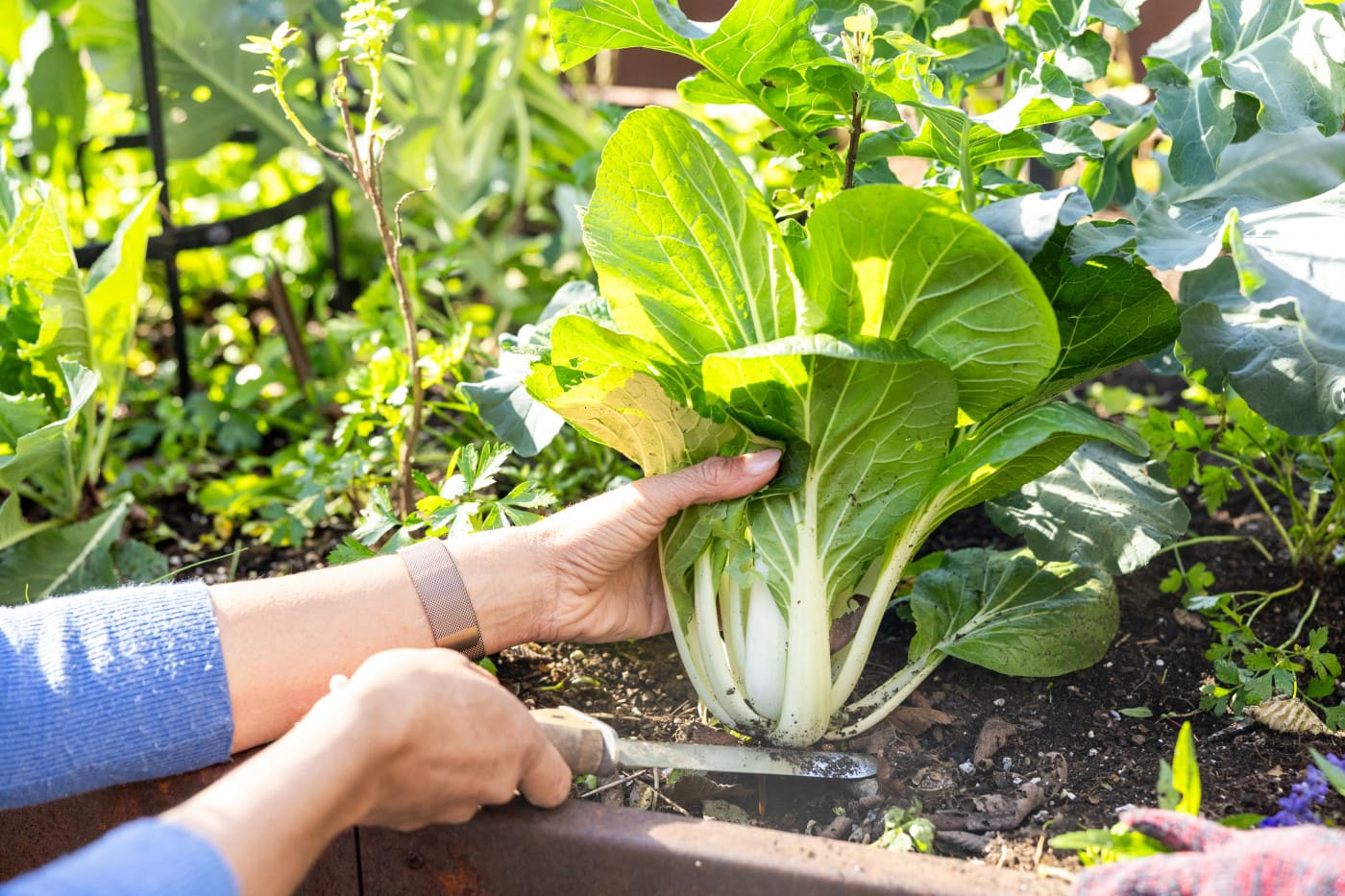
7. Lettuce varieties specifically bred for cold conditions can provide fresh salads throughout winter.
- Butterhead types like ‘Buttercrunch’ and ‘Winter Marvel’ form dense heads that protect inner leaves from frost damage.
- Romaine varieties such as ‘Winter Density’ and ‘Rouge d’Hiver’ show excellent cold tolerance.
- Loose-leaf lettuces like ‘Black Seeded Simpson’ and ‘Oak Leaf’ allow for cut-and-come-again harvesting.

8. Mache (corn salad or lamb’s lettuce) represents one of the hardiest salad greens available, surviving temperatures well below 0°F. This European favorite forms small rosettes of nutty-flavored leaves that add sophistication to winter meals. ‘Vit’ and ‘Favor’ varieties show particularly good cold tolerance.
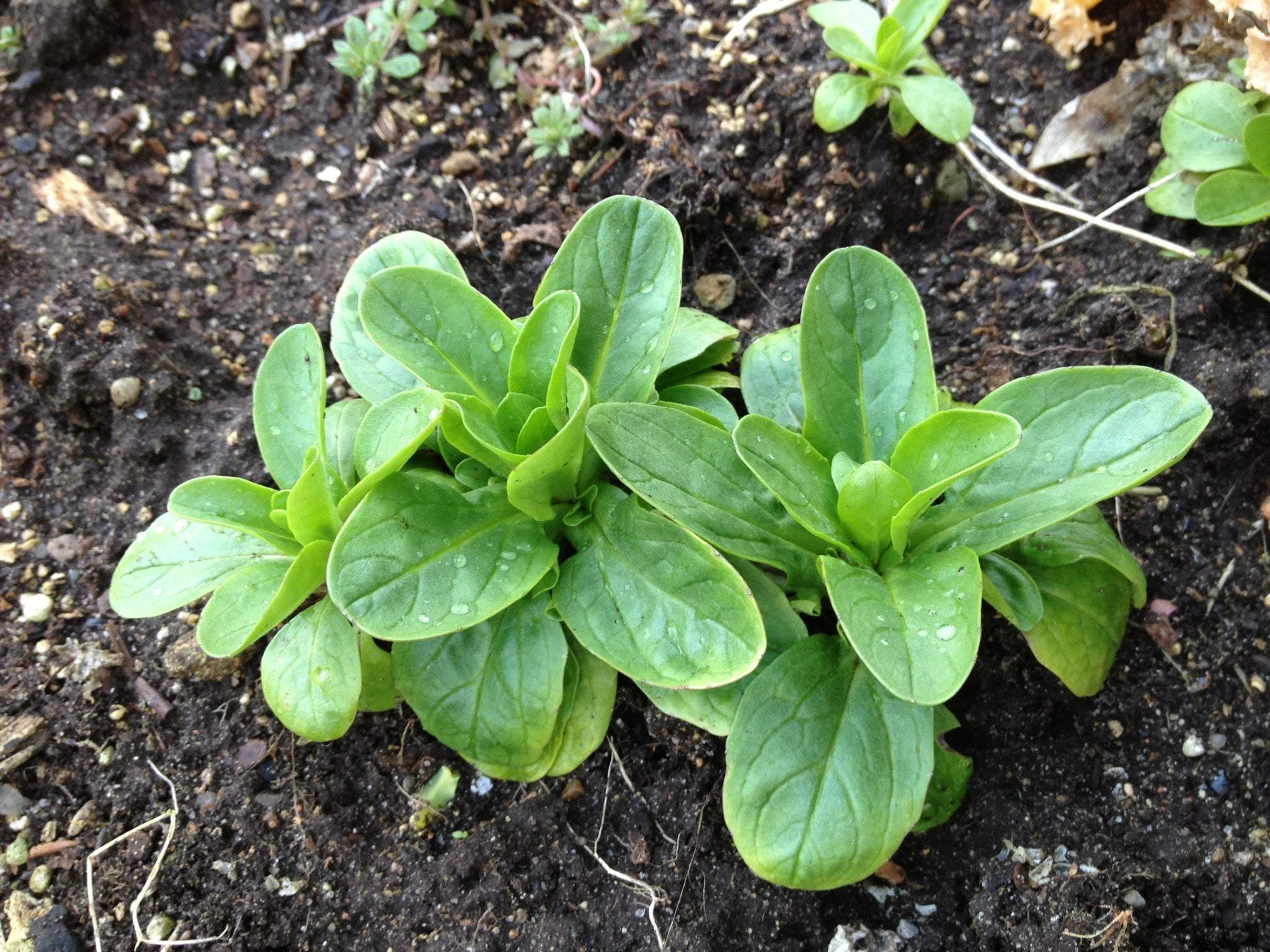
Root Vegetables: Underground Treasures
1. Carrots develop exceptional sweetness and crispness in cold weather. Varieties like ‘Napoli’, ‘Bolero’, and ‘Paris Market’ perform exceptionally well in cold conditions. Storage varieties like ‘Kuroda’ can remain in the ground all winter under proper mulching.

👉 Discover 24 Great Carrot Varieties to Grow in Your Home Garden
2. Beets see both their roots and leaves become sweeter after frost exposure. ‘Bull’s Blood’ offers exceptional cold tolerance with beautiful red foliage, while ‘Detroit Dark Red’ provides reliable performance and excellent storage qualities.

3. Turnips and Rutabagas transform in cold weather, becoming mild and sweet while losing much of their summer pungency. ‘Purple Top White Globe’ turnips and ‘American Purple Top’ rutabagas handle severe cold exceptionally well.

4. Radishes develop complex, less sharp flavors in winter. Winter radish varieties like Daikon (‘Minowase’ and ‘Miyashige’) grow large and store excellently, while smaller varieties like ‘Cherry Belle’ and ‘Easter Egg’ can be succession planted throughout fall. Watermelon radishes develop their striking pink interior colors best in cool weather.
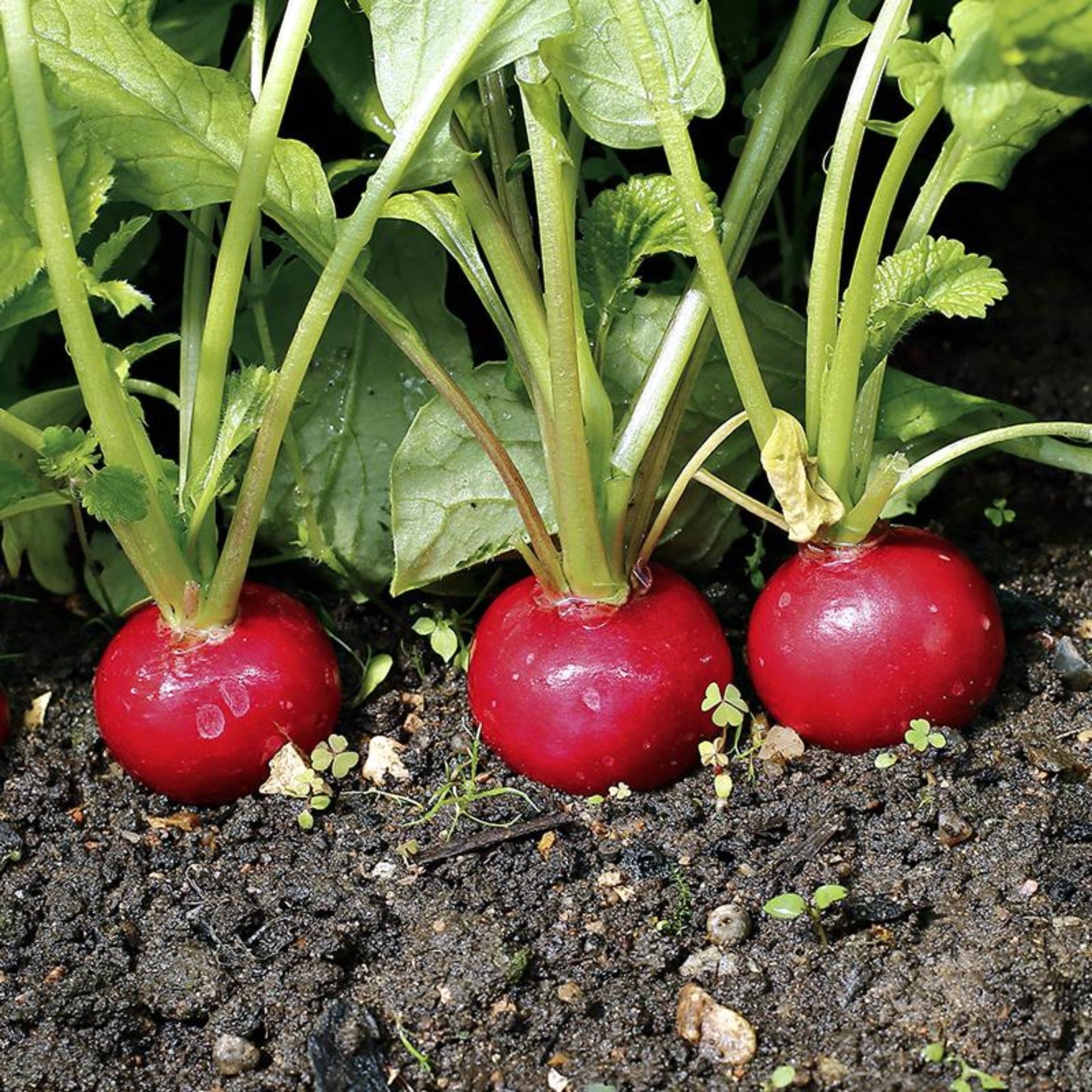
5. Parsnips become incredibly sweet after frost exposure, as cold temperatures convert their starches to sugars. These cream-colored roots can remain in the ground all winter, actually improving in flavor with cold exposure.
‘Hollow Crown’ and ‘Gladiator’ varieties show excellent cold tolerance and disease resistance. Harvest as needed throughout winter, as they’ll keep perfectly in frozen ground.

6. Jerusalem Artichokes (also called sunchokes) produce knobby, potato-like tubers with a nutty, slightly sweet flavor. These perennial plants can withstand severe cold and multiply readily. Once established, they provide years of winter harvests. The tubers can remain in the ground all winter and are best harvested after the tops die back from frost.
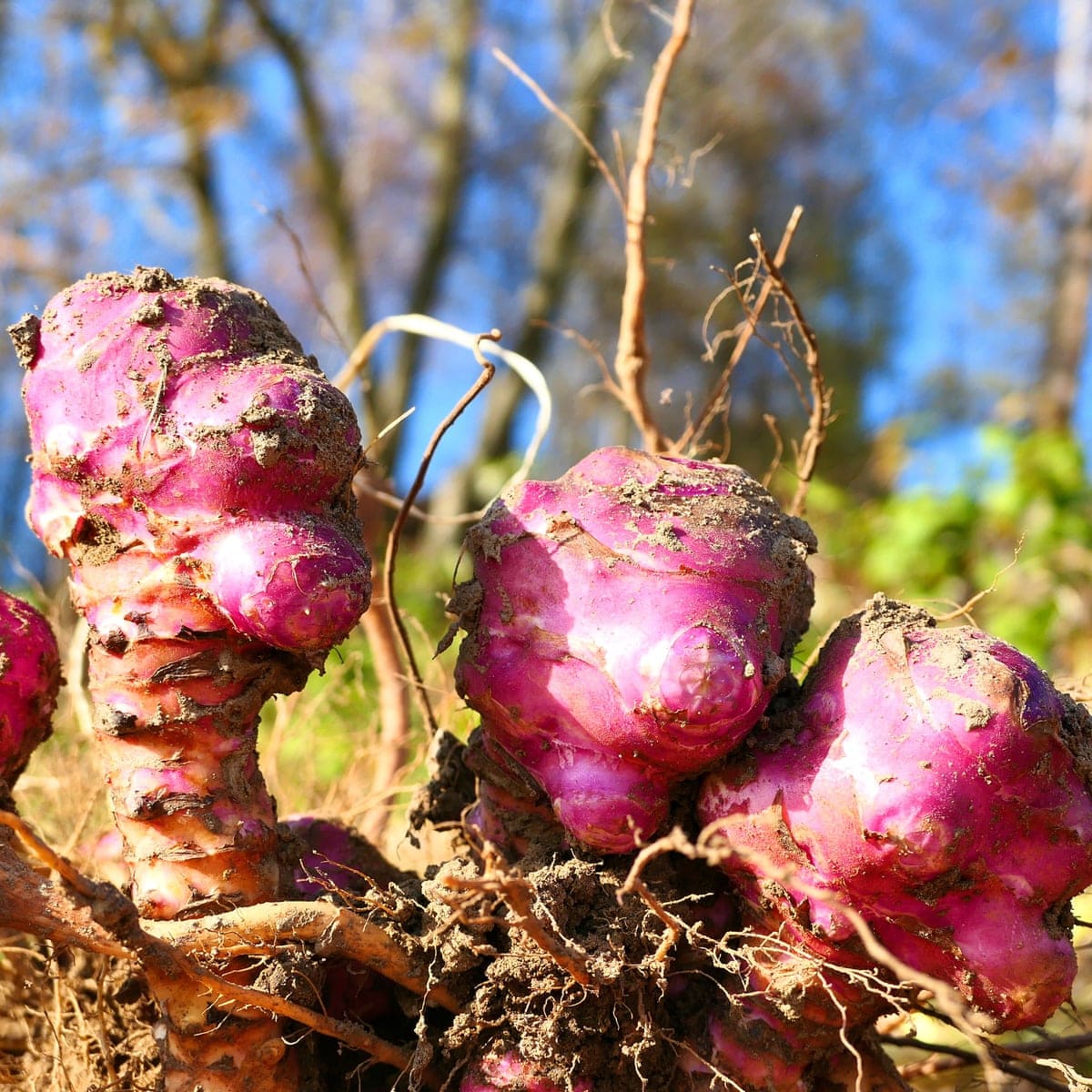
👉 Read The Complete Guide to Growing Artichokes in Any Climate: Tips for Every Gardener
7. Celeriac (celery root) develops large, round roots with intense celery flavor and creamy texture when cooked. This cold-hardy crop improves with light frost exposure and can be stored in the ground through winter in milder climates. ‘Brilliant’ and ‘Diamant’ varieties produce smooth, large roots ideal for soups and gratins.
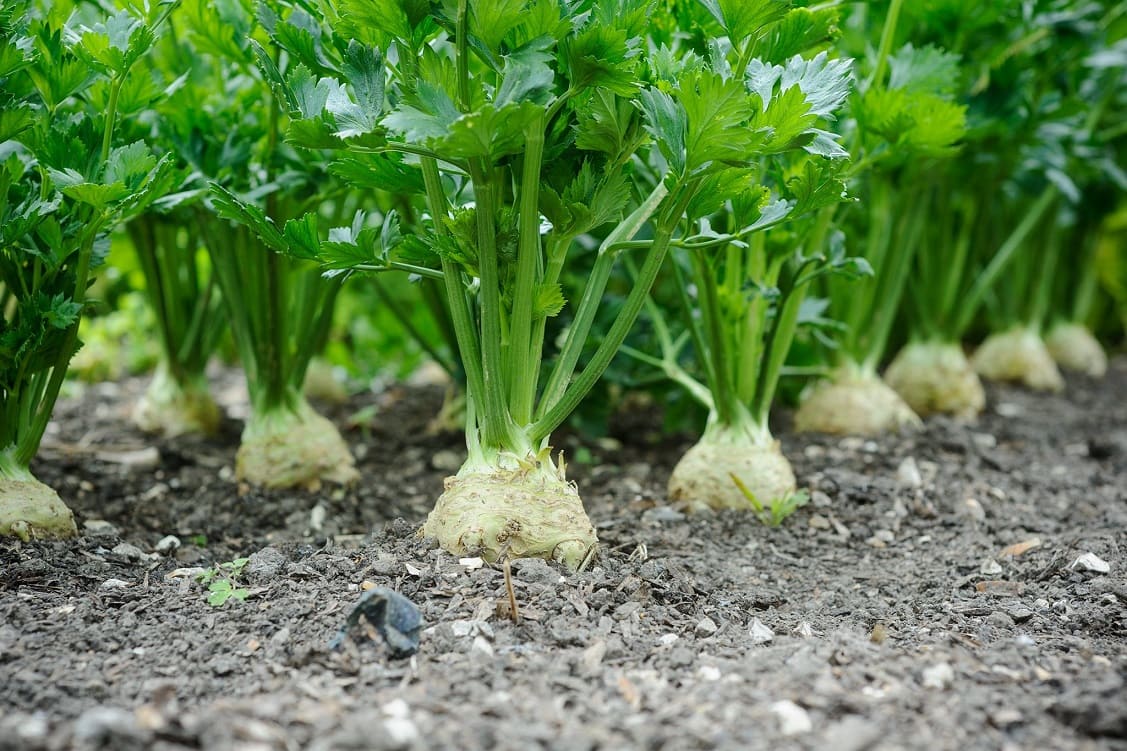
👉 Discover Top 35+ Perennial Root Vegetables for a Low-Effort Garden
Brassicas: The Cold-Weather Classics
1. Brussels Sprouts reach their flavor peak after experiencing several frosts, developing a nutty sweetness that converts even skeptics. ‘Long Island Improved’ and ‘Jade Cross’ offer excellent cold tolerance and compact growth habits.

2. Cabbage varieties like ‘January King’ and ‘Deadon’ can withstand severe cold while developing dense, flavorful heads. Late-season cabbages often show better storage qualities than summer varieties.

3. Broccoli cool-season varieties produce tight, flavorful heads throughout winter in mild climates. ‘Kariba’ and ‘Marathon’ offer excellent cold tolerance and can be succession-planted for continuous harvests.

4. Cauliflower requires more protection than other brassicas, but cold-tolerant varieties like ‘Snow Crown’ and ‘Amazing’ produce pristine heads in protected environments.

👉 Here Are 36 Shade-Loving Herbs and Vegetables That Grow With Less Sunlight
Chicories: The Sophisticated Bitter Greens
1. Radicchio transforms from a bitter summer green into a sweet, complex winter delicacy. Cold weather concentrates its natural sugars while mellowing harsh flavors.
‘Chioggia Red’ and ‘Treviso’ varieties show excellent cold tolerance and develop beautiful deep red coloration. The outer leaves may appear damaged after hard frosts, but peel them away to reveal perfect heads underneath.
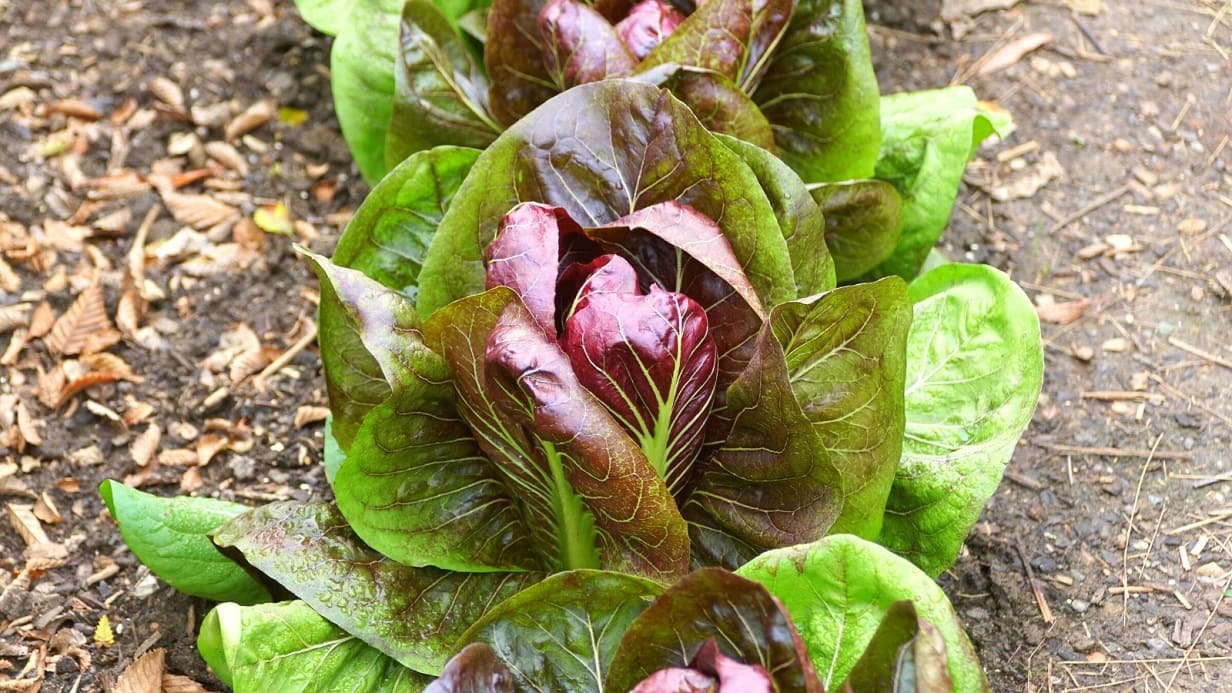
2. Endive produces crisp, slightly bitter leaves that add sophistication to winter salads. Belgian endive (witloof chicory) can be forced indoors during winter for tender, pale shoots. ‘Pancalieri’ and ‘Tres Fine Maraichere’ varieties handle cold well while maintaining good head formation.
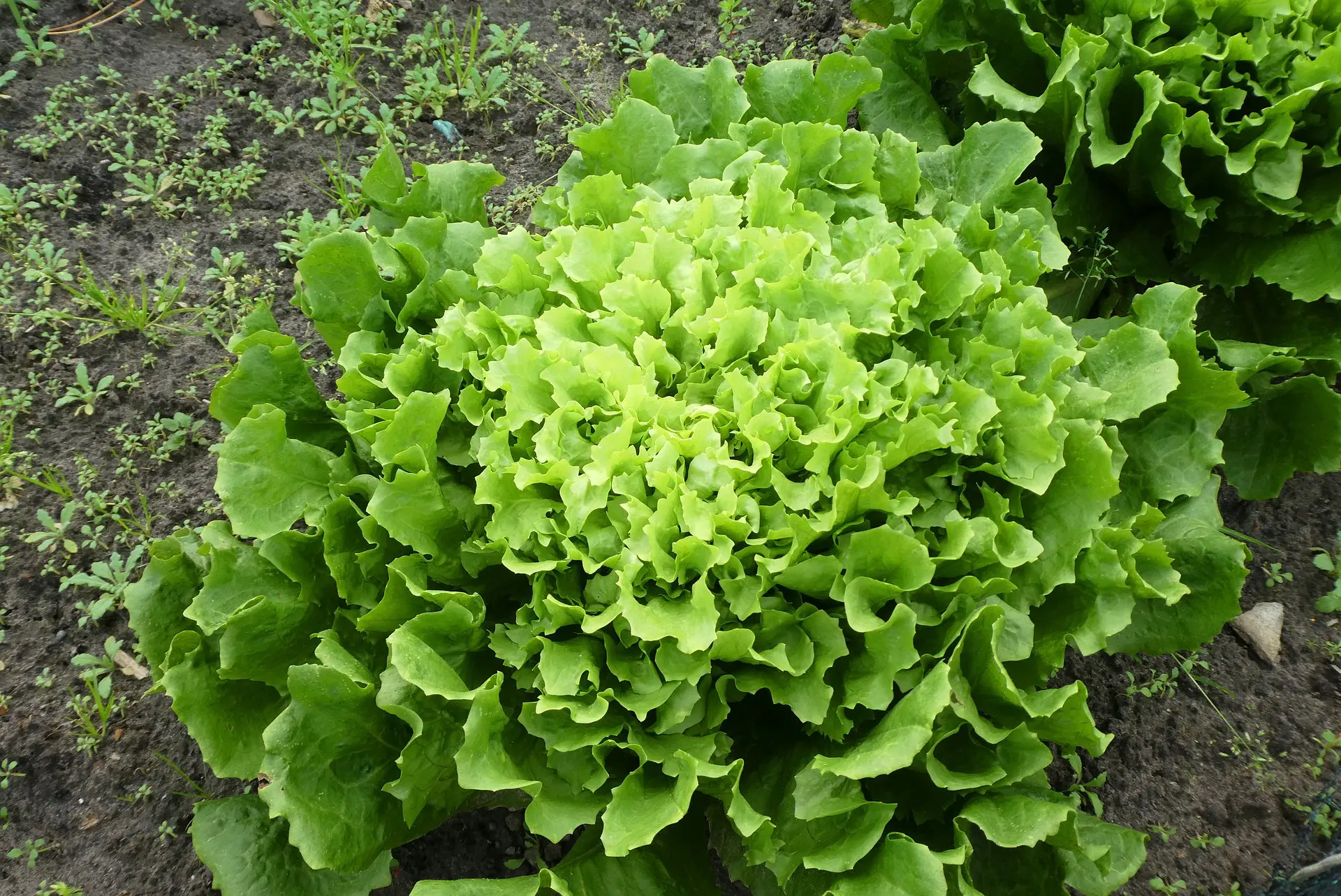
3. Escarole offers broader, less bitter leaves than endive with excellent cold tolerance. This hardy green works wonderfully in soups and sautés, maintaining its structure better than more delicate greens. ‘Full Heart Batavian’ produces large, dense heads perfect for winter harvests.
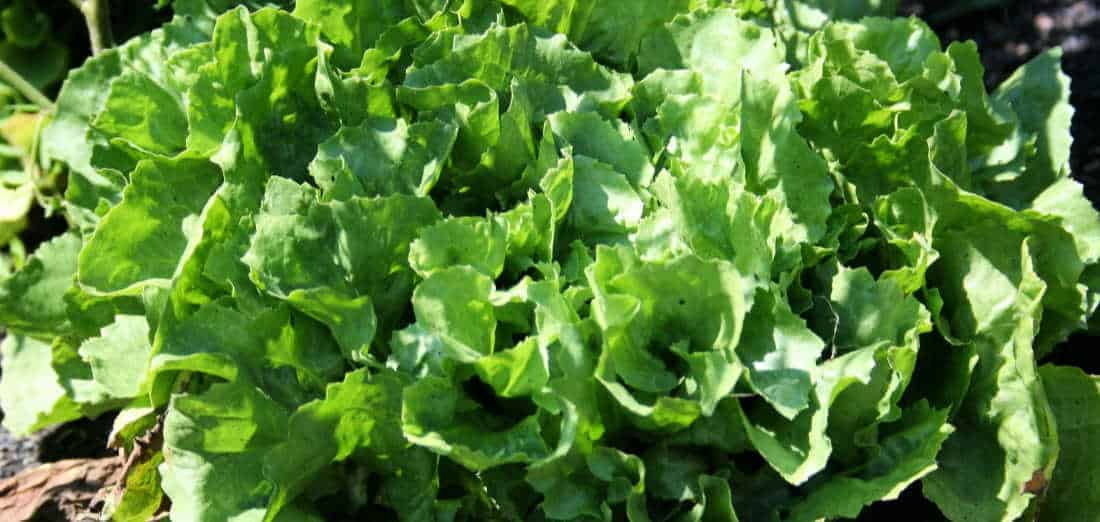
👉 Here’s How to Grow, Harvest & Use Chicory – Expert Tips for Garden to Table Success
Alliums: The Aromatic Winter Staples
1. Leeks rank among the most cold-tolerant vegetables, capable of surviving temperatures well below 0°F. These mild-flavored relatives of onions develop thick, tender stalks perfect for winter soups and stews.
Plant ‘King Richard’ for quick maturity or ‘Blue Solise’ for exceptional cold hardiness and attractive blue-green foliage. Harvest as needed throughout winter, as they actually improve with cold exposure.
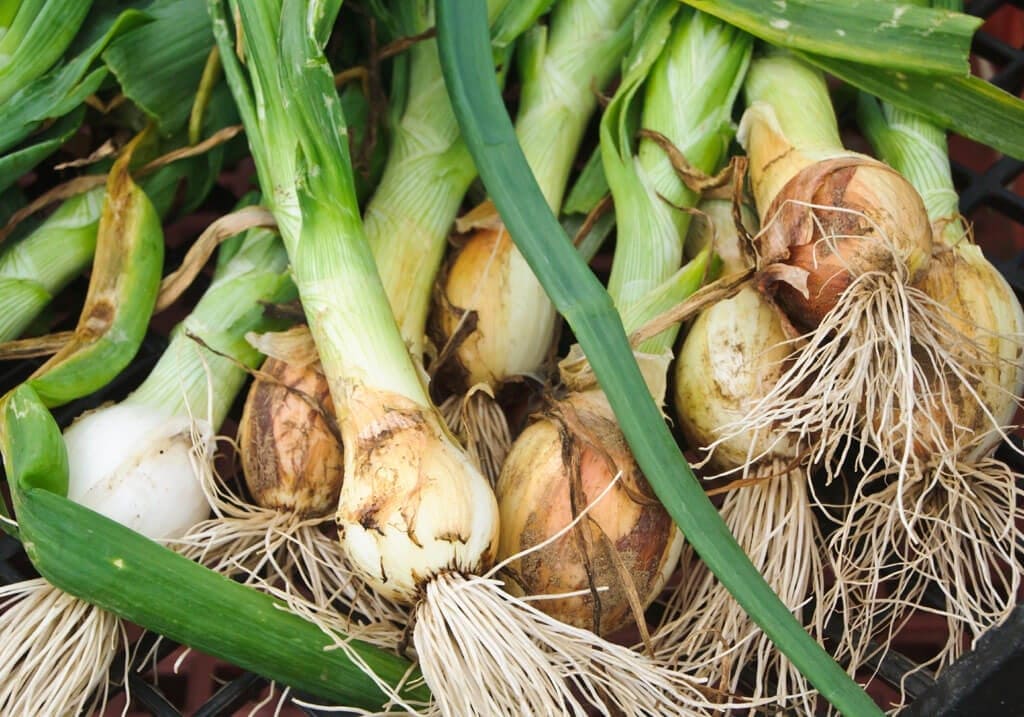
2. Garlic planted in fall develops into full bulbs by mid-summer, but the process requires winter’s cold period for proper bulb formation
Hardneck varieties like ‘German Extra Hardy’ and ‘Chesnok Red’ handle the coldest conditions while producing flavorful scapes in spring. Plant cloves in late fall, mulch well, and enjoy the emerging green shoots as winter progresses.

👉 Here’s How to Grow Garlic at Home: A Beginner’s Guide to Fresh, Flavorful Bulbs
3. Overwintering Onions planted from sets in fall develop into full bulbs much earlier than spring-planted varieties. ‘Stuttgarter’ and ‘Yellow Ebenezer’ sets establish well in fall and survive most winter conditions with proper mulching. These early onions are ready to harvest in late spring.
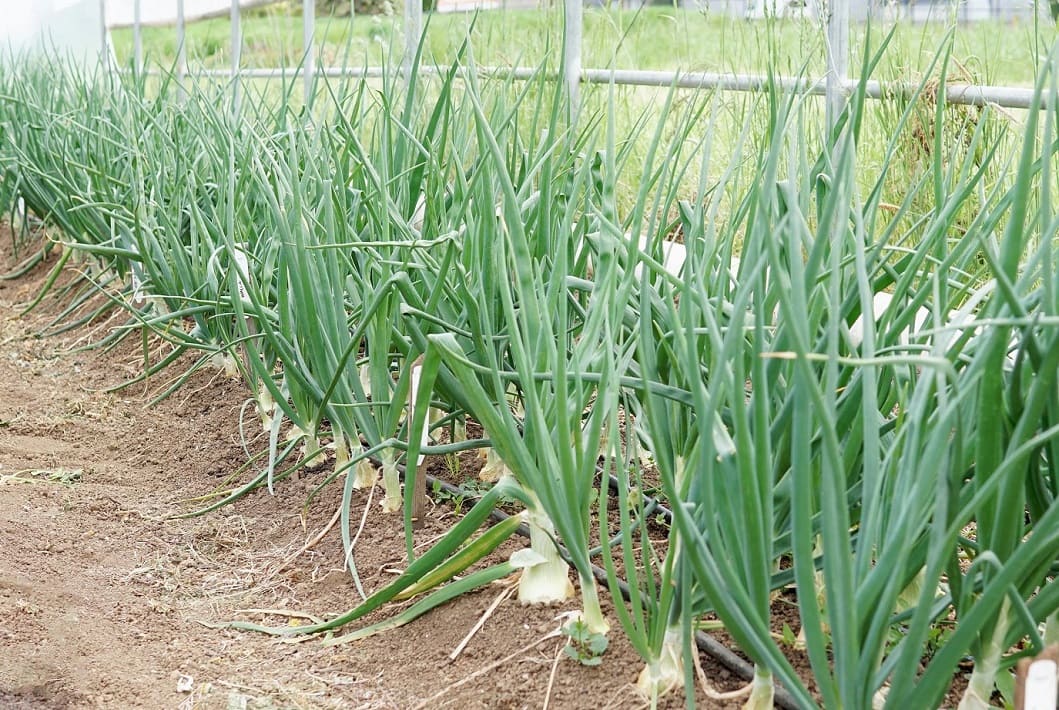
4. Scallions (green onions or bunching onions) provide fresh onion flavor throughout winter. ‘Evergreen Hardy White’ and ‘Deep Purple’ varieties show exceptional cold tolerance and can be succession planted for continuous harvests. These perennial types multiply readily and improve with age.

Other Hardy Winter Vegetables
1. Fennel produces sweet, anise-flavored bulbs that become milder in cool weather. While not as cold-hardy as some vegetables, it survives light frosts and benefits from row cover protection. ‘Zefa Fino’ and ‘Perfection’ varieties work well for fall plantings and winter harvests in milder climates.
2. Kohlrabi develops crisp, turnip-like bulbs above ground with a mild, sweet flavor reminiscent of broccoli stems. This unusual vegetable thrives in cool weather and can handle light frosts. ‘Winner’ and ‘Kossak’ varieties produce large bulbs perfect for winter storage.

3. Winter Cress (upland cress) grows wild in many areas and produces peppery, watercress-like leaves throughout winter. This hardy perennial tolerates severe cold and provides fresh greens when little else grows. ‘Upland Cress’ varieties adapt well to cultivation and self-seed readily.
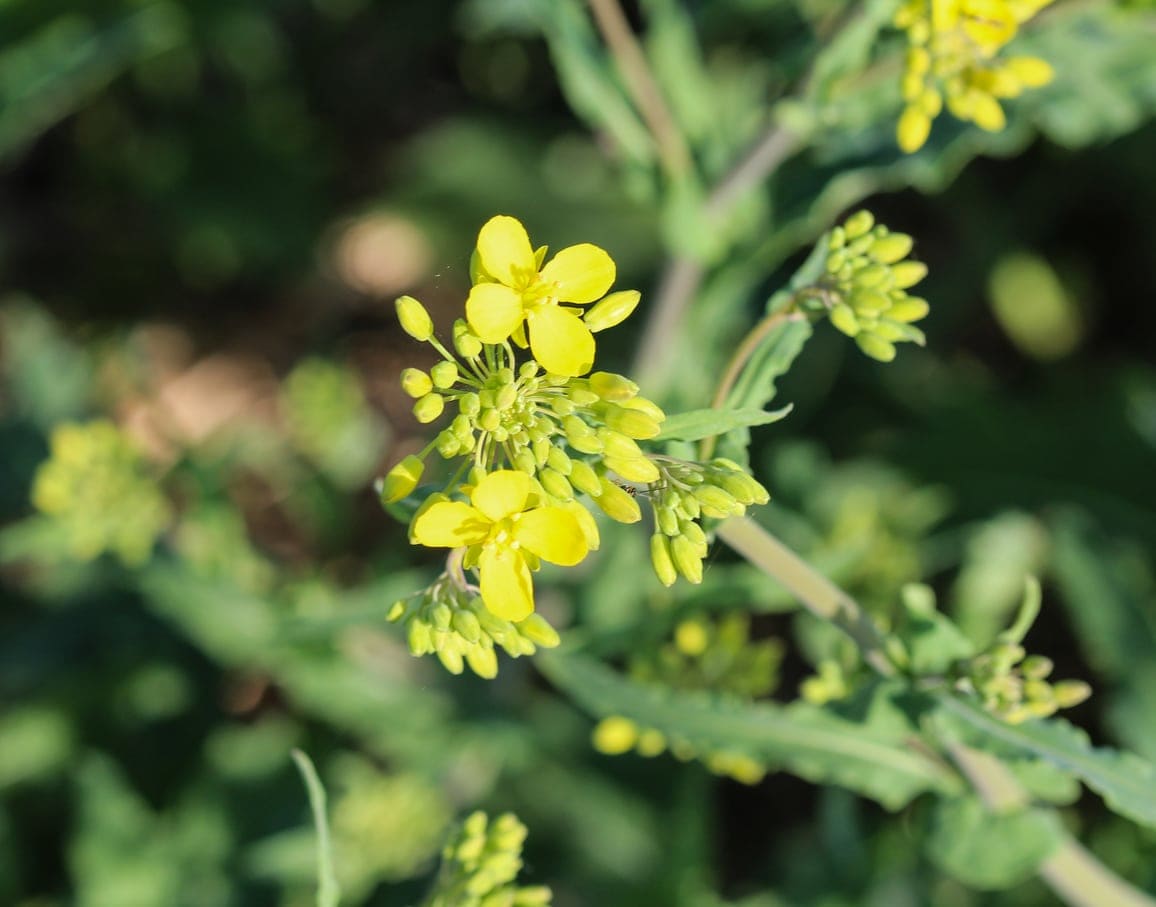
4. Mustard Greens offer varying levels of spiciness that mellows in cold weather. ‘Southern Giant Curled’ and ‘Red Giant’ varieties provide excellent cold tolerance while adding color and flavor to winter gardens. These fast-growing greens can be succession planted and harvested as baby leaves or full-sized plants.

👉 Here’s How to Grow Mustard Greens: Complete Guide from Seed to Harvest
Mastering the Timing: When to Plant Your Winter Garden
The Golden Rule of Winter Planting
Most winter vegetables need to reach maturity before your area’s daylight hours drop below ten hours per day. This means working backward from your local Persephone Period to determine optimal planting dates.
Strategic Planting Schedule
Start long-season crops like Brussels sprouts, leeks, and storage cabbages in late July to early August. These plants need maximum time to develop strong root systems and mature before winter sets in.
Plant carrots, beets, turnips, and rutabagas in mid to late August for winter harvest. These root crops actually improve with some cold exposure but need time to reach harvestable size first.
September marks the ideal time for leafy greens, Asian vegetables, and quick-maturing crops like radishes. These fast-growing plants can establish quickly in still-warm soil while developing cold tolerance as temperatures drop.
October represents your last chance for plantings of spinach, arugula, and lettuce in cold frames or other protected environments. Focus on the coldest-hardy varieties for these late plantings.
Succession Planting for Continuous Harvests
Rather than planting everything at once, stagger plantings every two to three weeks for crops like lettuce, spinach, and Asian greens. This ensures continuous harvests throughout the season and prevents waste from simultaneous maturation.
Starting Seeds in Cold Conditions
Germination Challenges and Solutions
Cold soil significantly slows seed germination, and some seeds simply won’t sprout below certain temperatures. Most brassicas need soil temperatures above 40°F to germinate reliably, while lettuce prefers 45°F or higher.
Start seeds indoors during late summer and early fall for better germination rates, then transplant hardened-off seedlings to your winter garden. This approach gives plants a head start and ensures better establishment before cold weather arrives.
For direct seeding, warm the soil with clear plastic sheeting or row covers for several days before planting. Remove covers during the day to prevent overheating, then replace them at night to maintain soil warmth.
Indoor Seed Starting Tips
Use heat mats to maintain consistent soil temperature for germination, typically 65-70°F for most winter vegetables. Once seedlings emerge, gradually reduce temperature to harden them for outdoor conditions.
Start with twice as many seeds as you need, as germination rates often drop in cooler conditions. Thin to the strongest seedlings and use extras to fill gaps in your garden.
Protection Strategies: Keeping Your Plants Thriving
Temperature-Based Protection Guidelines
Understanding when to deploy different protection methods can mean the difference between thriving plants and winter casualties. Light frosts (28-32°F) require minimal protection—a light row cover or even newspaper can suffice for most hardy vegetables.
Moderate frosts (20-28°F) demand more serious protection. Use heavyweight row covers, cold frames, or low tunnels with double-wall protection. Most root vegetables benefit from heavy mulching at these temperatures.
Hard freezes (below 20°F) require maximum protection. Combine multiple methods: cold frames with additional insulation, low tunnels with both fabric and plastic covers, and heavy mulching around all plants.
Simple Season Extension Techniques
- Mulching with four to six inches of straw, leaves, or other organic matter insulates soil and plant roots, moderating temperature fluctuations and preventing deep freezing. Apply mulch after the ground begins to cool but before it freezes solid.
- Row Covers create a microclimate four to eight degrees warmer than ambient air while allowing light and moisture to penetrate. Secure edges well to prevent heat loss, but provide ventilation on warm days to prevent overheating.
- Cold Frames act as solar collectors, capturing and retaining heat during the day while protecting plants from wind and severe cold. Position frames to face south or southeast for maximum solar gain.

Advanced Protection Methods
Low Tunnels using semi-circular hoops covered with greenhouse plastic create mini-greenhouses over plant rows, offering superior protection and season extension. Use double-wall construction in the coldest areas.
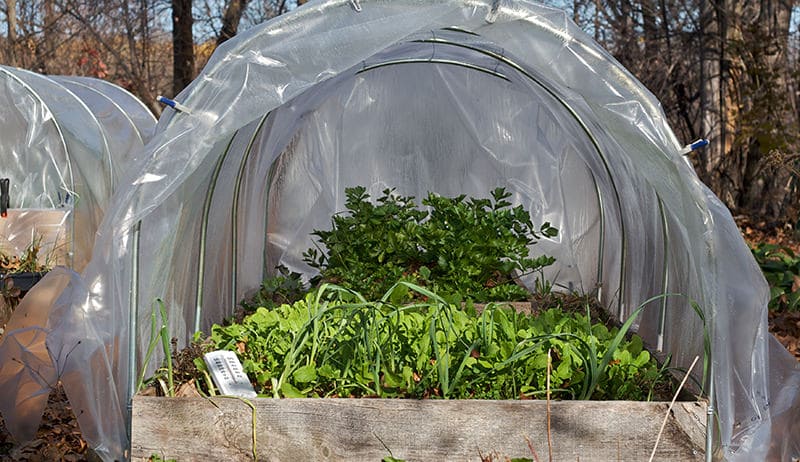
Cloches provide focused protection for valuable individual plants. Whether purchased or homemade from clear containers, they create warm microclimates that can extend growing seasons by weeks.
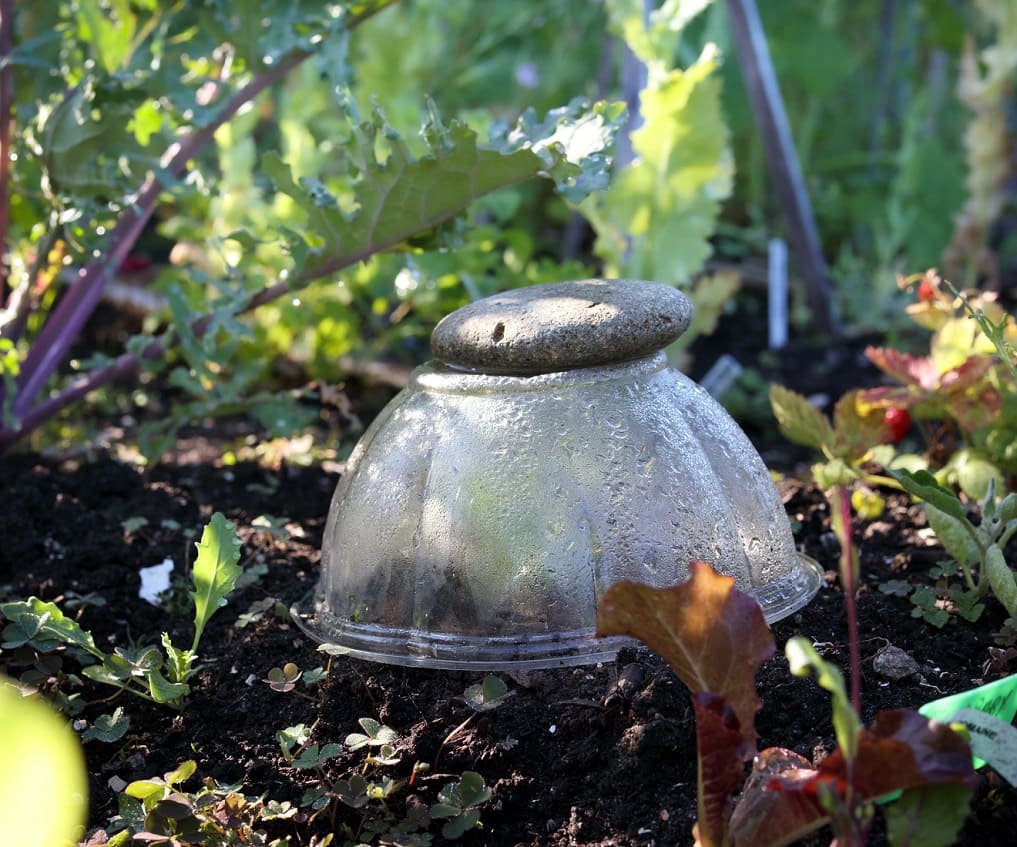
Winter Garden Maintenance and Care
Watering in Cold Conditions
Winter watering requires a completely different approach than summer irrigation. Water only when soil isn’t frozen, preferably during the warmest part of sunny days so plants can absorb moisture before temperatures drop again.
Avoid watering frozen plants, as this can damage cell walls and create ice formations that harm root systems. Check soil moisture by inserting your finger several inches into the ground—if it’s moist, skip watering even if the surface appears dry.
Drip irrigation systems work well for winter gardens but require protection from freezing. Drain lines when temperatures will drop below freezing, or use self-regulating heat tape to prevent ice formation.
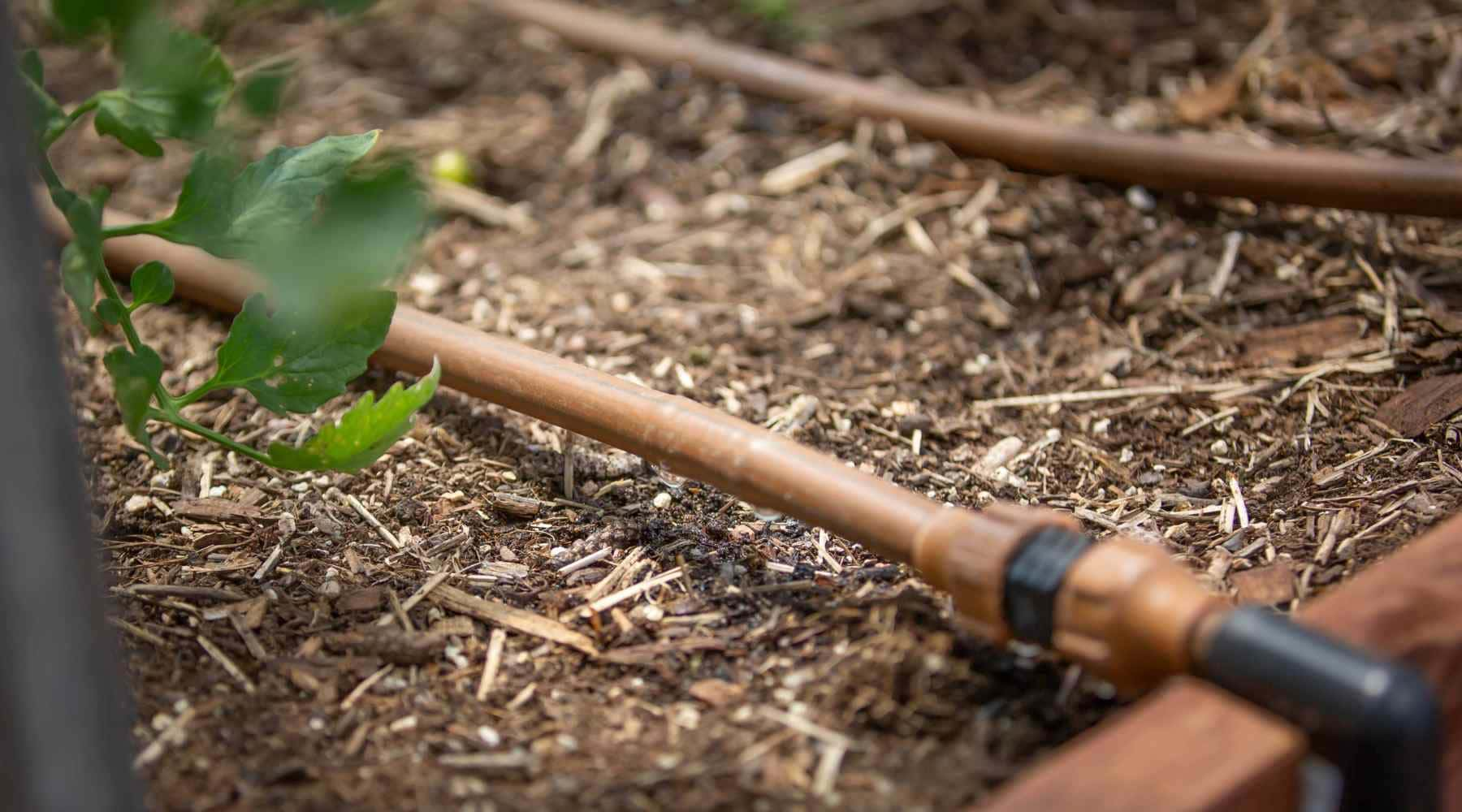
Ongoing Winter Care
Remove damaged or diseased plant material promptly, as winter’s humid conditions can promote fungal problems. Ensure good air circulation around plants by proper spacing and pruning when necessary.
Check protection systems regularly, especially after storms. High winds can displace row covers, snow loads can collapse cold frames, and ice can damage greenhouse plastic. Keep repair materials handy for emergency fixes.
Monitor plants for pest issues, particularly aphids in protected environments. These insects can multiply rapidly in the warm conditions under covers, requiring prompt attention before populations explode.
Harvesting Your Winter Bounty
Cold-Weather Harvest Techniques
Harvesting from winter gardens requires different techniques than summer picking. Choose warm, sunny days when possible, as vegetables harvested when frozen can suffer quality loss and shortened storage life.
For leafy greens, cut outer leaves while leaving center growth points intact for continued production. Harvest root vegetables carefully, as cold soil can make them more brittle and prone to breaking.
When harvesting from snow-covered beds, gently brush snow aside rather than digging aggressively. Many root vegetables actually store well under snow cover, which acts as insulation while maintaining near-perfect humidity levels.
👉 Find out When and How to Harvest Vegetables for Peak Flavor: Timing and Tips for Every Crop
Storage Strategies for Winter Harvests
- Root Cellaring techniques work even without traditional root cellars. Carrots and beets store well in slightly damp sand or peat moss in cool, dark locations (32-40°F). Remove tops and brush off soil before storage.
- Refrigeration works well for leafy greens when wrapped in slightly damp paper towels and stored in breathable bags. Most winter greens keep well for one to two weeks this way.
- Field Storage allows many root vegetables to remain in the ground all winter under heavy mulch. This method works particularly well for carrots, parsnips, and leeks in zones 7 and warmer.
Indoor Winter Growing: Fresh Greens from Your Kitchen
Setting Up Your Indoor Garden
You don’t need a backyard to grow winter vegetables. Many leafy greens, herbs, and compact vegetables thrive indoors with proper setup. LED grow lights providing fourteen to sixteen hours of illumination daily support healthy growth of most leafy greens.
Wide, shallow containers with drainage holes work well for salad greens and herbs, while deeper pots suit root vegetables. High-quality potting mix specifically designed for vegetables provides the drainage and nutrition indoor plants need.
Best Indoor Varieties
- Microgreens offer the quickest path to fresh winter produce, ready to harvest in seven to fourteen days while requiring minimal space and equipment. Sunflower shoots, pea shoots, radish microgreens, and mustard microgreens provide intense flavors and high nutrition.
- Baby Lettuce varieties like ‘Tom Thumb’ and ‘Little Gem’ thrive in containers, producing full heads in small spaces. Succession plant every two weeks for continuous harvests. Butterhead lettuces adapt particularly well to indoor growing.
- Leafy Greens including baby spinach, arugula, mizuna, tatsoi, and baby kale all perform excellently indoors. These cut-and-come-again crops provide multiple harvests from single plantings.
- Herbs including parsley, cilantro, chives, and basil provide fresh flavors throughout winter. Start with purchased plants for faster results, or grow from seed using heat mats for reliable germination. Winter-hardy herbs like oregano, thyme, and sage can overwinter indoors in cool, bright locations.
- Asian Greens like baby bok choy, mizuna, and tatsoi adapt well to container growing, offering unique flavors and textures while tolerating indoor conditions better than many vegetables.
- Small Root Vegetables including baby carrots, small radishes, and even baby beets can be grown in deeper containers (8+ inches). Choose compact varieties specifically bred for container growing.
- Chicories like endive and small radicchio varieties can be grown indoors, with endive particularly suited to forcing techniques for tender, blanched leaves.
- Mache (corn salad) grows excellently in shallow containers and tolerates lower light conditions better than many salad greens, making it ideal for windowsill growing.
Nutritional Powerhouses: Why Winter Vegetables Are Nutritional Gold
Concentrated Nutrition in Every Bite
Winter vegetables often contain higher concentrations of vitamins, minerals, and antioxidants than their warm-season counterparts. As growth slows in cold weather, plants concentrate nutrients rather than diluting them through rapid expansion.
- Kale provides over 600% of daily vitamin K needs in a single cup, plus substantial vitamin C, vitamin A, calcium, and iron. The antioxidant compounds in kale actually increase with cold exposure.
- Brussels Sprouts pack impressive levels of vitamin C, vitamin K, folate, and cancer-fighting compounds called glucosinolates. Cold-grown sprouts contain higher sugar levels that balance their natural bitterness.
- Carrots concentrate beta-carotene during cold storage, which converts to vitamin A essential for eye health and immune function. Winter carrots can contain twice the beta-carotene of summer varieties.
- Beets provide nitrates that support cardiovascular health, plus folate, manganese, and betalains with anti-inflammatory properties. The natural sugars that develop in cold weather make these nutrients more bioavailable.
Supporting Winter Wellness
These nutritional profiles make winter vegetables particularly valuable during cold and flu season, when our bodies need extra immune support and energy. The high vitamin C content in Brussels sprouts and kale, combined with the anti-inflammatory compounds in beets and leafy greens, creates a natural pharmacy in your winter garden.
Regional Adaptations: Growing Anywhere
Cold Climate Strategies (Zones 3-6)
Focus on the hardiest varieties and invest in protection systems. Cold frames, low tunnels, and heavy mulching become essential rather than optional. Consider shorter-season varieties and succession planting in protected environments to maximize your harvest window.
In these zones, timing becomes critical—start earlier and be prepared to extend seasons with intensive protection. Root cellaring becomes particularly valuable for storing harvests through the coldest months.
Moderate Climate Approaches (Zones 7-8)
Take advantage of longer growing seasons and milder winters to grow a wider variety of crops with minimal protection. These zones offer the most flexibility for winter gardening, allowing both field storage of root vegetables and continued harvest of leafy greens.
Row covers and light mulching often provide sufficient protection, making winter gardening more accessible and economical in these regions.
Warm Climate Opportunities (Zones 9-11)
In these regions, “winter” gardening often means growing cool-season crops during the cooler months when summer heat won’t stress them. Focus on varieties that require cool weather to perform well, as many vegetables that struggle in hot summers thrive in these areas’ mild winters.
This climate allows for year-round production of most vegetables with proper variety selection and timing.
👉 Learn about Desert Gardening for Beginners: Growing Food & Plants in Extreme Heat
Troubleshooting Common Winter Growing Challenges
Managing Moisture and Disease
Winter’s combination of cool temperatures and high humidity can promote fungal diseases. Ensure good air circulation around plants, avoid overhead watering, and remove any diseased plant material promptly. Space plants adequately to promote airflow, and choose resistant varieties when available.
In protected environments, ventilation becomes critical. Open cold frames and tunnels on warm days to prevent condensation buildup that encourages disease development.
Dealing with Unexpected Weather
Sudden temperature swings stress plants more than consistently cold weather. Keep extra row covers ready for emergency protection, and consider having backup plantings in protected locations. Weather radios and smartphone apps help you stay ahead of dangerous temperature drops.
Layer protection systems so you can add or remove covers as conditions change. This flexibility proves invaluable during unpredictable weather patterns.
Pest Management Strategies
While fewer pests are active in winter, some problems persist. Aphids can multiply rapidly in protected environments where their natural predators aren’t active. Use beneficial insects like ladybugs for biological control, or rely on insecticidal soaps for heavy infestations.
Rodents may discover your root vegetables during food-scarce winter months. Hardware cloth barriers around beds and individual plant cages provide effective protection without harming wildlife.
👉 Here’s How to Use Baking Soda for Rodent Control: A Safe and Effective Guide
Frequently Asked Questions
- Can I really grow vegetables in snow?
Many vegetables survive and even thrive under snow cover, which acts as insulation. Kale, Brussels sprouts, leeks, and properly mulched root vegetables often emerge from under snow in perfect condition.
- What if I don’t have a greenhouse or cold frame?
Row covers, heavy mulching, and choosing the hardiest varieties can extend your season significantly even without elaborate structures. Many gardeners successfully grow winter vegetables using only these simple protection methods.
- How do I know when to harvest?
Most winter vegetables can be harvested over extended periods rather than all at once. Leafy greens can be cut-and-come-again, while root vegetables often improve with storage time. Taste-test regularly to determine optimal harvest timing.
- Is winter gardening more expensive?
Initial setup costs for protection systems require investment, but ongoing expenses are typically lower than summer gardening. Reduced watering, fewer pest problems, and extended harvest periods often make winter gardening economical long-term.
- What about areas with very harsh winters?
Even in extremely cold regions, protected growing in cold frames, unheated greenhouses, or indoor setups can provide fresh vegetables. Focus on the hardiest varieties and invest in adequate protection systems.
Your Winter Garden Action Plan
Start planning now, whether it’s mid-summer or early fall. Begin by selecting varieties appropriate for your climate and ordering seeds from reputable suppliers. Research local frost dates and calculate backward to determine optimal planting times.
Prepare your space by setting up protection systems, improving soil drainage with compost and organic matter, and planning your layout for easy access during cold weather. Consider proximity to your house and protection from winter winds.
Plant strategically by following recommended timing for your area, starting with long-season crops and adding quick-maturing varieties as space becomes available. Don’t forget succession plantings for continuous harvests.
Invest in appropriate protection for your climate and budget. Even simple measures like row covers and mulch dramatically improve your success rate and extend your harvesting season.
Keep detailed notes about what works in your specific climate and conditions. Each winter garden teaches valuable lessons that improve your success in subsequent years.
Conclusion: Embracing the Winter Growing Revolution
Winter vegetable gardening represents more than just extending your growing season—it’s a fundamental shift in how you think about food production and seasonal eating.
By embracing cold-weather growing, you’ll discover vegetables with flavors that surpass anything available in stores, develop a deeper connection with seasonal rhythms, and gain the satisfaction of providing fresh, nutritious food for your family year-round.
The techniques outlined in this guide work regardless of your experience level or climate. Whether you’re installing your first cold frame or planning an elaborate season-extension system, success comes from understanding your plants’ needs, choosing appropriate varieties, providing adequate protection, and timing your plantings correctly.
Start small with a few hardy varieties and simple protection methods, then expand your winter growing as you gain experience and confidence. Focus on vegetables your family actually enjoys eating, and don’t be afraid to experiment with new varieties that might surprise you with their cold-weather performance.
Your future self will thank you when you’re harvesting sweet, crisp vegetables while your neighbors are settling for expensive, flavorless supermarket produce. The winter garden awaits—it’s time to discover the incredible world of cold-season growing and transform your relationship with fresh, seasonal food forever.
